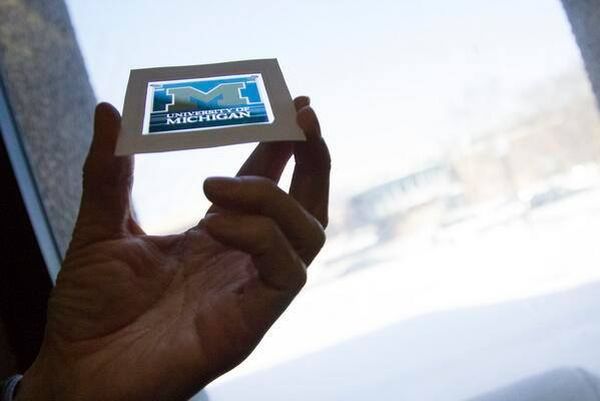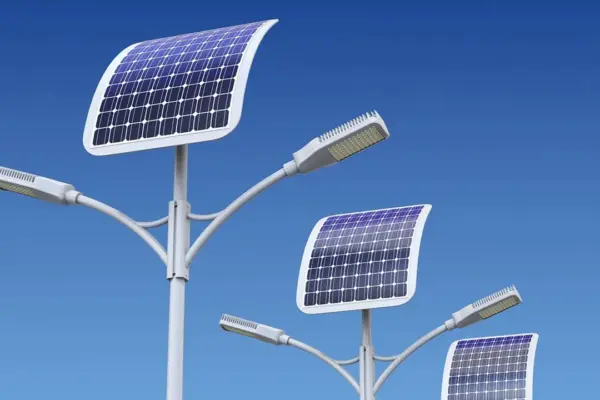Engineers invent colorful, semi-transparent solar cells at Michigan University

Thinking beyond conventional black colored solar cells, Engineers at University of Michigan has invented colorful and semi-transparent photovoltaics which have opened the possibilities of their use in a much broader range than before. As for now, traditional black solar panels can only be placed on the rooftop of a building. However, these colorful solar cells are designed to look attractive and are conceived by the scientists on sides of buildings, stained-glass windows, decorative, as energy-harvesting billboards and window shades as well. Not only outdoors but these solar panels can also come in handy indoors.
Led by Professor Jay Guo, the team demonstrated the technology in a palm-sized American flag slide. According to Guo, all the red stripes and the blue background worked as solar cells and 2 percent efficiency was achieved by the Stars and Stripes. A meter-square panel is capable of generating enough electricity that can power small electronic gadgets or fluorescent light bulbs. Unlike other colored solar cells Guo’s cells does not depend on dyes or microstructures as these cells are mechanically structured by the team of engineers to transmit certain wavelengths of light. To get different colors of the flag, the thickness of the semiconductor layer of amorphous silicon in the cells was varied. The red area is 31 nanometers thick while the blue regions are six.
Source: Michigan Engineering Via: Azocleantech


